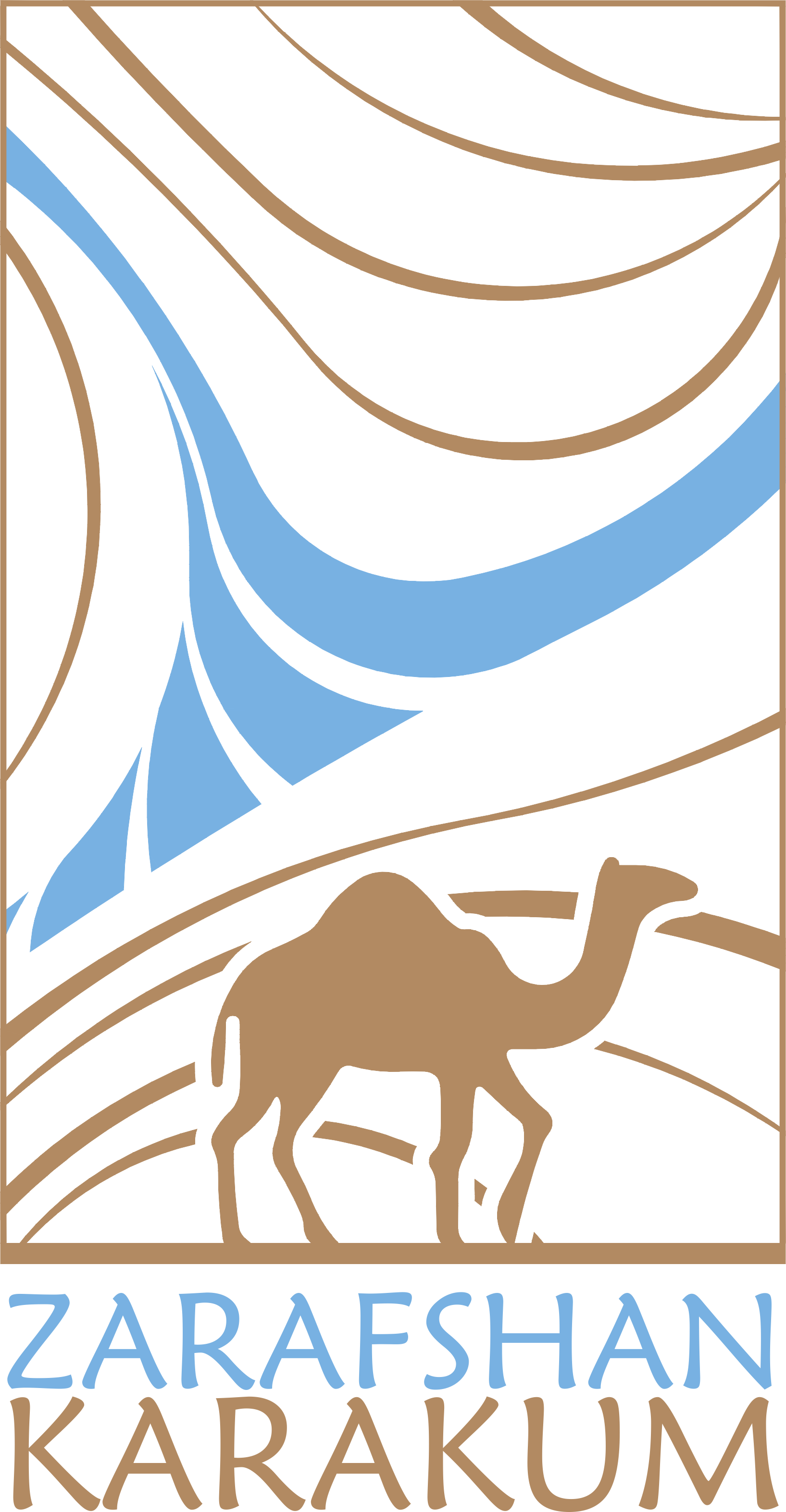VARAKHSHA SETTLEMEN
The archaeological site of Varakhsha represents a trading settlement and a palace on the Silk Roads before Arab conquest. It was a Sogdian political center and the outdoor residence of BukharKhudats, bearing highly fortified citadel and the palace of rare planning with outstanding murals of the “Red” and “Blue” halls and alabaster carved decoration (8thcentury), which combines Sogdian traditions with Indian, Sasanian, Umayyad motives. Varakhsha settlement was a key military outpost on the western border of the oasis as well as a considerable trade center situated on the road between Bukhara and Khorezm and in the contact zone between the nomads and sedentary population a center of a large agricultural area irrigated by the canals not far from the western wall of the Bukhara oasis.Varakhsha also has associative values related to its exceptional role in the traditional pre-Islamic calendar of Bukhara and during the period of Arab conquest. The site also has a scientific potential to reveal the features of urban-planning, architecture, and arts typical for this type of settlements.
UZ-14
Varakhsha Settlement
UZ-14
Varakhsha is one of the biggest cities located in 45 km from the West of Bukhara, in the bank of abounding in water Rometonrud an ancient stream of Zarafshon River. It was consisted of triangle shape small city- shakriston and fortress connected in the Eastern wall. Some times this city was surrounded by defense ditch filled with flowing water. The site is surrounded by plumb wall; height of the citadel is 20 meters and remains of shakhriston wall are 10 meters. There are defense forts along Western side of the city distances between of which 30 meter and a place of only gate, where walls of the shakhriston are connected with citadel, could be seen in the East. According to archaeological sources primarily Varakhsha was found as village in IV-III centuries B.C. As mentioned in medieval sources city was residence of the dynasty Bukhorokhudot - governors of Bukhara. According to Mukhammad Narshakhiy - historian of Bukhara, Varakhsha more ancient than Bukhara and mentioned Rajfandun - one of the ancient names of the city. Also he wrote that Varakhsha was stable place where lived kings and described beauty of fortress. Here every fifteen days was one-day market and at the end of year, market was lasted twenty days.
According to the medieval geographical sources, Varakhsha often mentioned as one of the biggest city along Bukhara - Khorezm trade route. The reason of decay of the city was becoming lower of the water of Zarafshon River and it is fully destruction was connected to conquest of Mongols. The ruins of the city became a well-known all over the world. The reason was related with the archeological excavations carried out by archaeologist V.A.Shishkin in the palace of Bukhorokhudot dynasty in 1937-1939 and 1947-1954 years. In the walls of "Red hall" and "Eastern hall" were painted riders on the elephants fighting with mythic predators. Among the wall paintings of the Eastern hall, partly preserved image of sitting king on the throne is merited special attention. Remains of ganch panel in the second floor of the palace are unique as wall paintings. Plantings, human, animals and mythic animals are decorated in it. Many findings excavated here not only present artistic culture of that period but also valuable information on the history of the palace.Varakhsha and Bukhara became large economic and strategic place after the conquest of Arabs.

